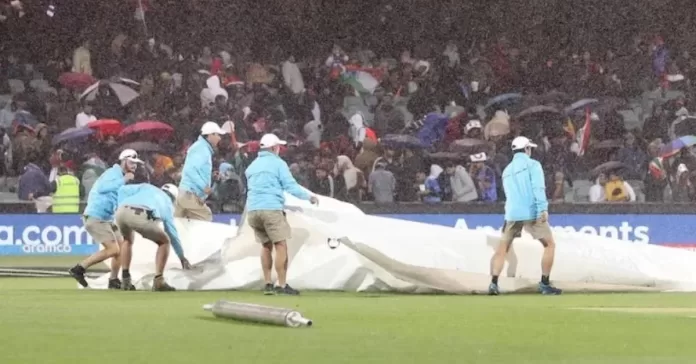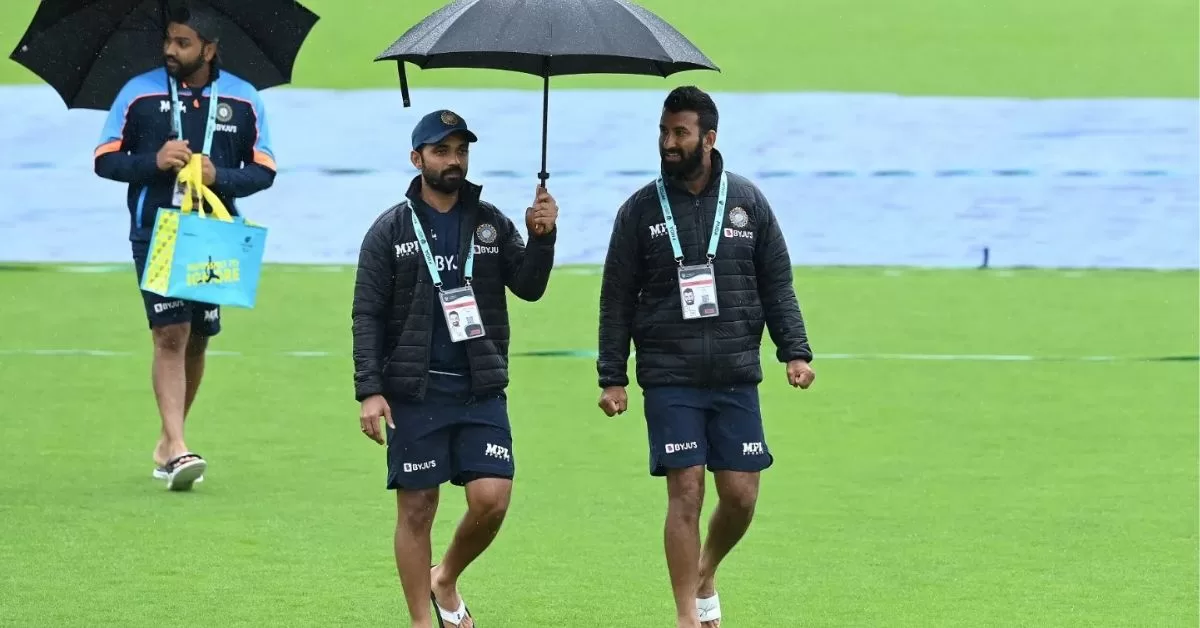In the fast-paced world of cricket, where every ball matters, rain interruptions can significantly impact the outcome of a match. Enter the Duckworth-Lewis Method, a revolutionary formula that aims to bring fairness to rain-affected limited-overs cricket matches.
YouTube cc: @TheCricketDigest
Developed by statisticians Frank Duckworth and Tony Lewis, the Duckworth-Lewis Method offers a complex yet logical framework to calculate revised targets for teams batting second in rain-shortened matches. By considering the number of overs lost due to rain and the resources available to both teams, this method ensures that the chasing side has a realistic chance to win.
How does Duckworth and Lewis Method work?
When rain disrupts a match, umpires use the Duckworth-Lewis Method to determine the revised target for the team batting second. The calculation takes into account the number of overs remaining and the number of wickets lost by the batting side at the time of the interruption.
To put it simply, the Duckworth-Lewis Method introduces a par score, also known as the “resource percentage,” that determines how many runs the chasing team needs to win. This par score is calculated based on the number of overs remaining and the number of wickets lost by the team batting second.
For instance, if Team A sets a target of 250 runs for Team B in a 50-over match, but rain interrupts the game after 20 overs with Team B at 100/3, the Duckworth-Lewis Method comes into play. Umpires calculate the revised target based on the resources available to Team B, considering both overs and wickets remaining. If the revised target is 180 runs, Team B now needs 80 runs from 30 overs with seven wickets in hand.
Limitations and Critics of the DL Method
The Duckworth-Lewis Method is not limited to interruptions caused by rain alone. It can be used to account for delays due to bad light or other unforeseen circumstances that affect the match’s progress. Its flexibility and adaptability make it an invaluable tool for match officials.
Critics of the Duckworth-Lewis Method argue that it can be complicated to comprehend, especially for casual viewers. However, its mathematical precision ensures fairness and prevents rain from becoming a decisive factor in determining a match’s outcome.
Over the years, the Duckworth-Lewis Method has become an integral part of limited-overs cricket, adding a strategic dimension to the game. Teams must assess their approach during rain delays, considering the revised targets and the resources available. Bowlers and batsmen alike must adapt their strategies accordingly.
READ MORE: Rules in TWENTY20 Cricket
Duckworth-Lewis Method has revolutionized the way rain-affected matches are decided in cricket. Offering revised targets based on available resources, it introduces fairness and excitement into a game that can be heavily influenced by unpredictable weather conditions. While it may be complex to understand initially, its implementation ensures a level playing field for both teams, leaving fans on the edge of their seats until the very last ball.
So, the next time rain clouds loom over a cricket match, remember the Duckworth-Lewis Method, the game-changer that keeps the spirit of fair competition alive despite nature’s interruptions.




